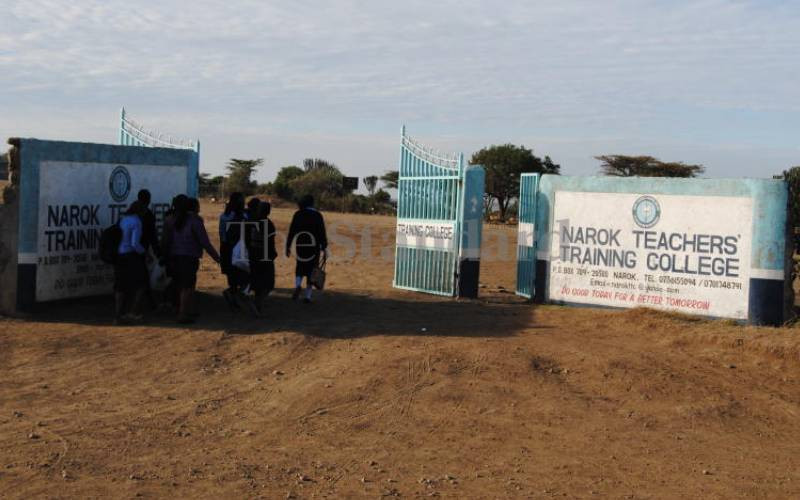×
The Standard e-Paper
Home To Bold Columnists

Teaching colleges have in the recent past witnessed a drastic decline in the number of students, data shows.
An assessment of admission trends shows the colleges struggled to attract enough students between 2016 and 2020. Currently, according to a report by the Ministry of Education, certificate and diploma graduates make up the majority of teachers in primary schools.